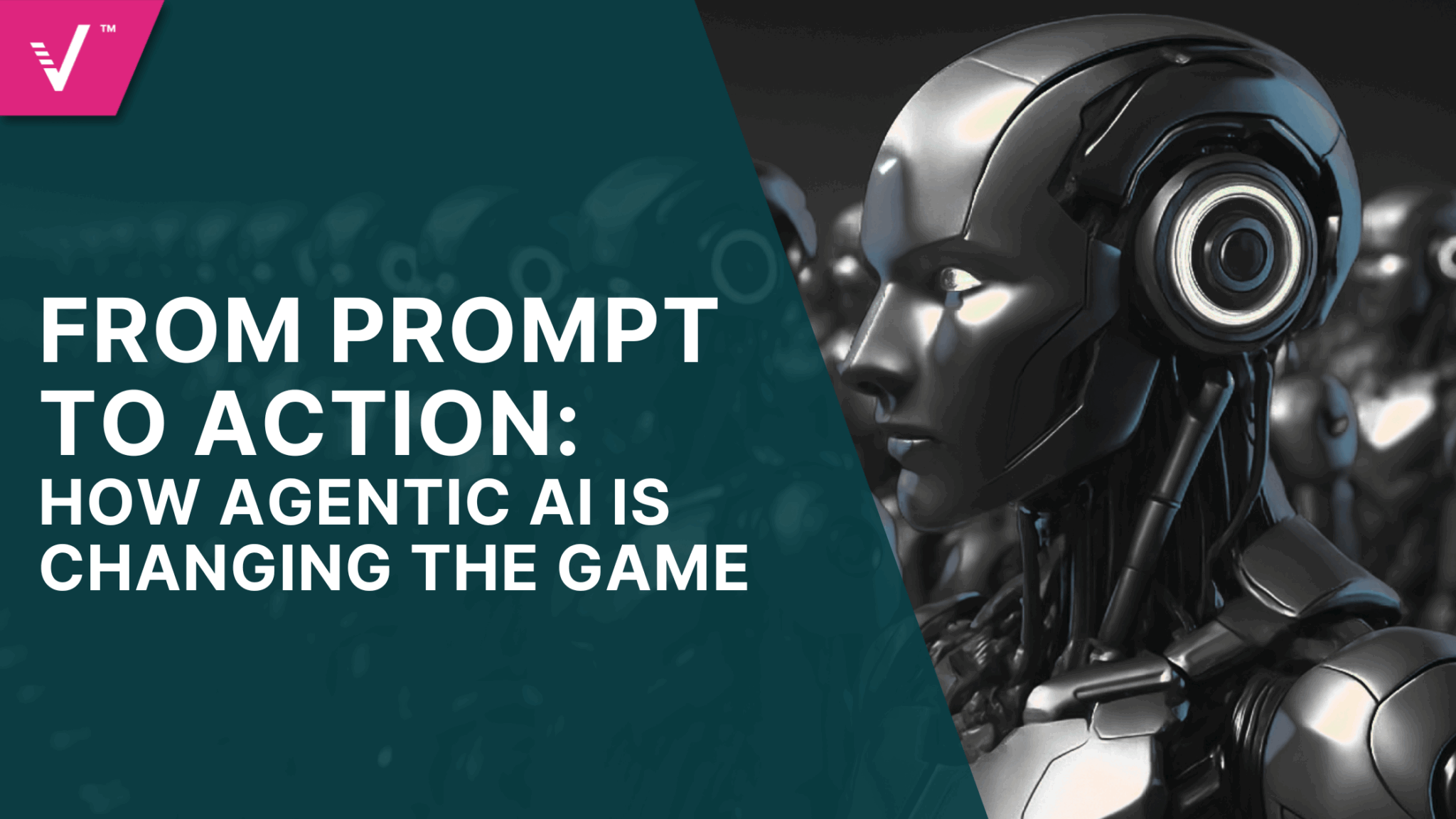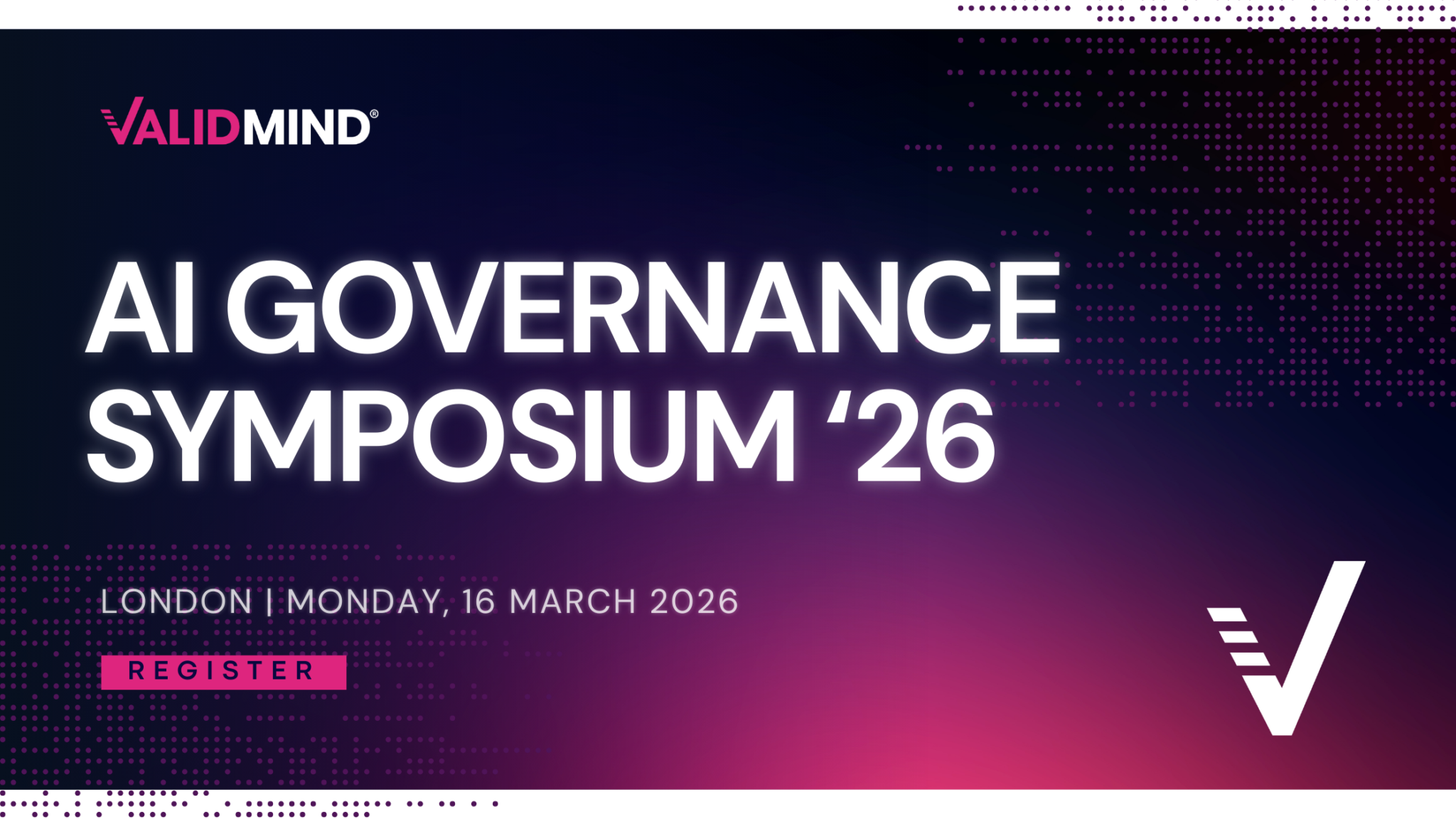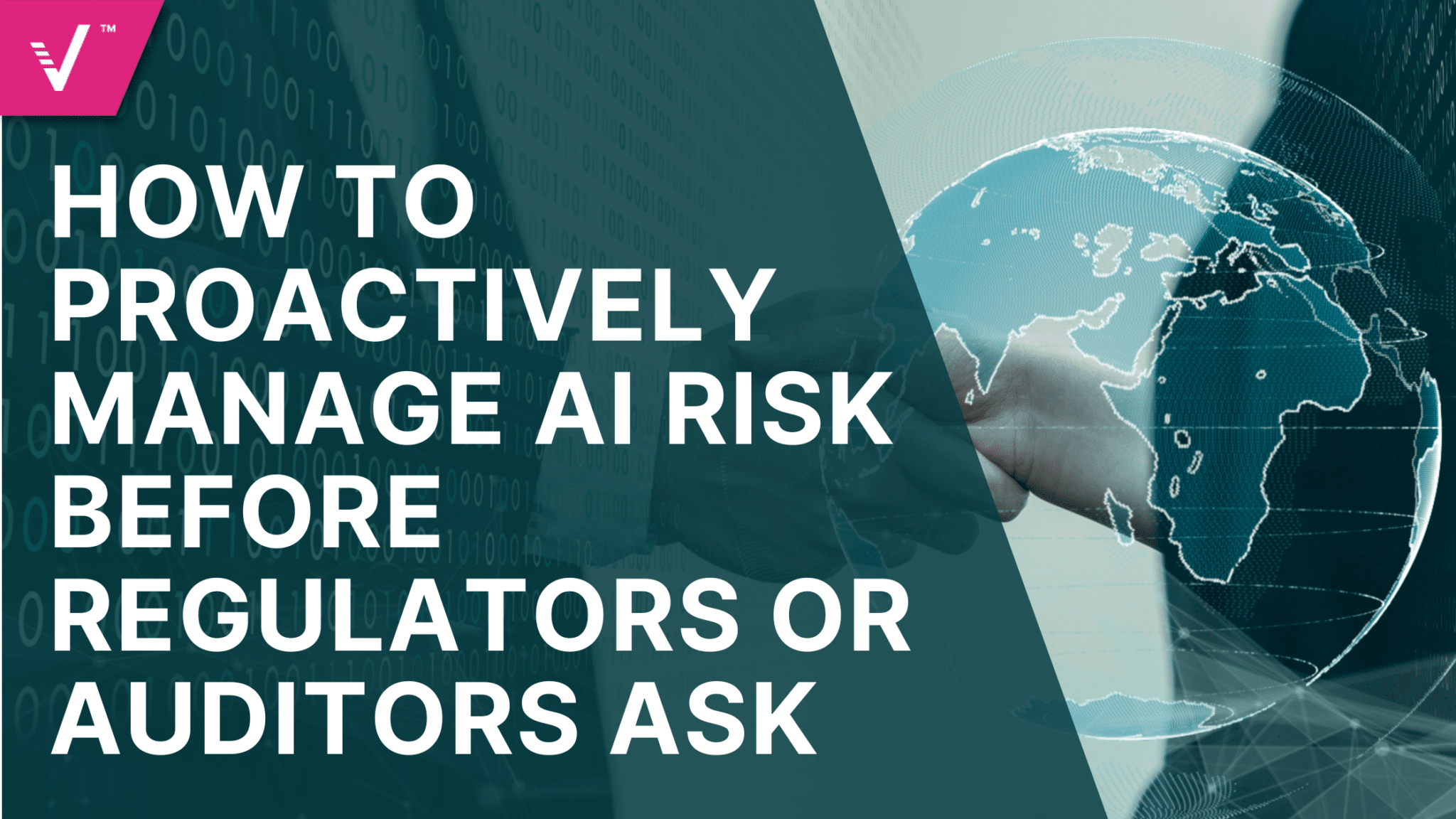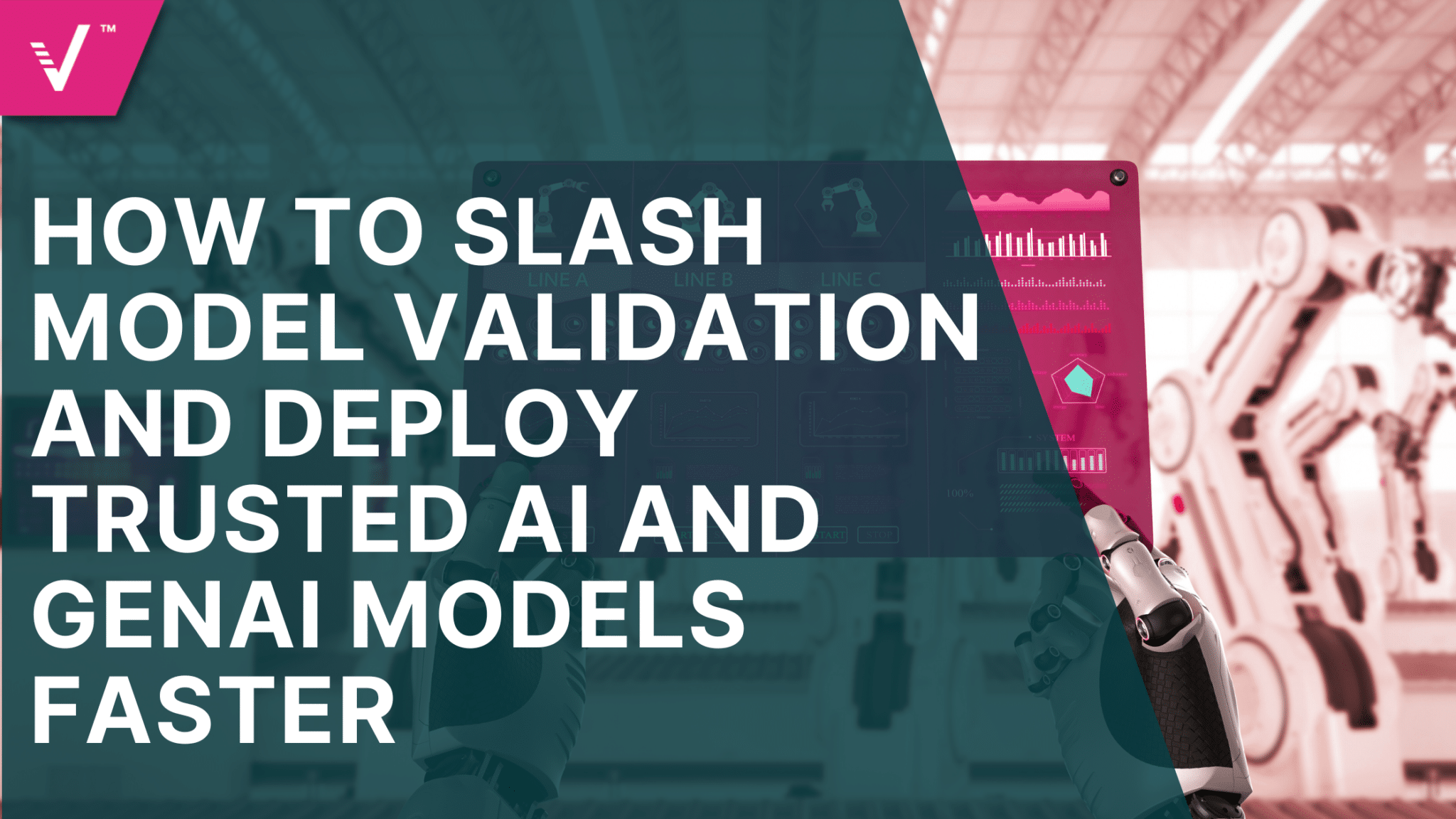From Prompt to Action: How Agentic AI is Changing the Game

Meet the latest addition to the AI lexicon: Agentic AI. Unlike its predecessors, Agentic AI marks a new era of independence in artificial intelligence by utilizing machine learning, large language models (LLMs), and natural language processing (NLPs) to perform tasks with limited human input. Hence, the term agentic.
This advancement moves AI from passive content generation to purposeful, goal-directed action, allowing systems to pursue real-world outcomes with greater autonomy and action-taking ability.
From Passive to Proactive: How Agentic AI Differs from Generative AI
Imagine an AI that not only analyzes market trends — but also keeps compliance records up to date, initiates trades, and reallocates portfolio assets — all without human interference. While generative AI models — like OpenAI’s ChatGPT — have the ability to produce images, code, or summaries based on user prompts, they stop short of executing their actions based on what they generate.
Agentic AI changes this: it can make decisions, plan, and carry out tasks using APIs and external tools. A user request initiates a planning sequence within the Agentic AI framework, where AI agents—the core actors within the system—assess the request, formulate a strategy, and determine a sequence of actions. These AI agents then execute the plan autonomously, supported not only by language models for reasoning, but also by additional layers such as planning loops, tool integration, and memory, adapting as needed based on real-time feedback.
Unlocking Efficiency with Agentic AI Across Sectors
This new artificial intelligence will transform business operations by automating workflows and routine tasks that once required human coordination. Its effectiveness is driven by five key traits: retention of information, strategic reasoning, autonomy, context awareness, and adaptive learning. These features allow AI agents to operate independently and reliably in dynamic environments.
For example, a customer support team can deploy agents to autonomously respond to common service requests—such as answering frequent customer queries and tracking order statuses— which increases customer reach while reducing the manual workload. In marketing and sales, agents can autonomously update CRMs, draft personalized outreach emails, schedule meetings, and follow up on leads—reducing the need for constant human involvement and enabling more streamlined workflow routines. On the financial services side, Agentic AI is being assessed for automated trade execution and real-time market analysis. Throughout industries, this new artificial intelligence has the capability to increase responsiveness and efficiency—but with greater autonomy comes greater responsibility.
For a deeper look at Agentic AI in financial services, visit our previous post: What Agentic AI Means for Financial Services
Guardrails for Autonomy: Building Responsible Agentic AI
As Agentic AI becomes incorporated into core business functions, moderating its risk calls for a proactive approach. It is designed to operate with little to no human interference, however proper safety regulations, oversight, and accountability are important to include in its design. A few key aspects include the following:
Embedded Guardrail Design: Companies should clearly define what AI agents can and cannot do—because even autonomous systems need boundaries. Implementing approval thresholds and restricting access to sensitive data are two examples of guardrails that can be built directly into the systems architecture to moderate risk. These limits will ensure AI agents are operating within safe, predictable perimeters, while still allowing for autonomy.
Autonomous Auditability & Traceability: Autonomous does not mean unauditable. Agentic systems should maintain detailed records of decisions, reasoning chains, and data inputs — essentially a “show your work” approach — to allow for review or investigation when necessary. To reinforce this, systems can include trigger-based alerts that flag suspicious or non-compliant behavior, along with self-check routines that agents run before or after executing tasks.
Training and Testing: Companies should offer dedicated workshops to help employees understand Agentic AI and the effect it would have on the firm. These sessions can include hands-on simulations where employees practice stress-testing AI agents in a variety of scenarios, observing potential outcomes and identifying how those outcomes align — or conflict — with intended goals. By running these what-if exercises, employees gain practical experience while also discovering unintended loops and system limitations. This will allow employees to build a familiarity with Agentic AI while providing the firm with an overall readiness for Agentic AI implementation.
Want to learn how to manage AI risks effectively? Download our technical brief: AI Risk Optimization
Laying the Groundwork for Agentic AI
Agentic AI is generative AI with agency, meaning it doesn’t just create, it acts. But autonomy doesn’t eliminate risk — it shifts it. As Agentic AI moves from concept to commercial reality, issues surrounding liability, ethics, and accountability remain unresolved. These systems are meant to function with little to no human involvement, yet the decisions they make can have real-world consequences.
Understanding the answers to questions like these will help to mold the way businesses approach the next generation of artificial intelligence:
- Who’s responsible when an autonomous agent makes a flawed judgement that could harm the firm’s reputation, operations, or financial situation?
- How can firms balance speed with control and transparency—especially in high-stakes industries like finance, healthcare, or transportation?
Agentic AI is no longer theoretical and will demand not only smarter systems, but smarter strategies; the firms that lead in this new phase will be the ones that start building well-governed foundations today.


